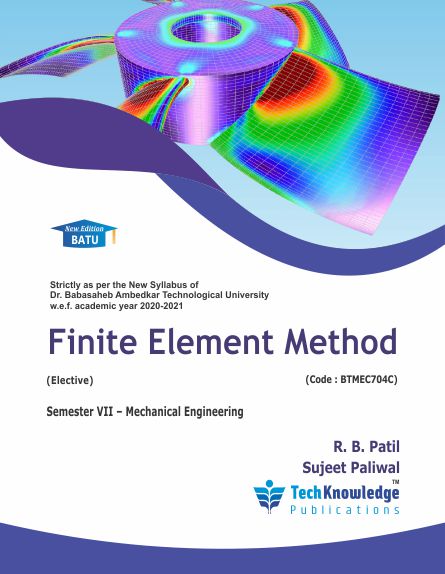

Also, remember that the trial solutions \(u(x)\) must satisfy the displacement boundary conditions.The finite element method (FEM), is a numerical method for solving problems of design and mathematical physics. You have to keep in mind that the solution satisfying the weak form is also the solution of the strong counterpart of the equation. The name states that solutions to the weak form do not need to be as smooth as solutions of the strong form, which implies weaker continuity requirements. The given equation is the so-called weak form (in this case the weak formulation for elastostatics).

One possible solution is to express \(u^h(x)\) as a sum of shape function \(\phi_i(x)\) with coefficients \(\alpha_i(x)\). The question that arises is how \(u^h(x)\) can be parametrized in a discrete function space. De facto, this error term has to vanish so that the approximate solution \(u^h(x)\) becomes valid. Where \(u^h(x)\) is the approximation, which differs from the real solution \(u(x)\) with the error term \(e(x)\) which is not known before. A system with an infinite number of unknowns is called a continuous system.įor the purpose of approximations we can find the following relation for a field quantity \(u(x)\): But in this case, we have a problem with a “finite” number of unknowns:Ī system with a finite number of unknowns is called a discrete system. If we would have an infinite bar, we would have an infinite amount of unknowns ( DEGREES OF FREEDOM (DOF)). Nevertheless, we see that irrespective of the polynomial degree, the distribution over the rod is known once we know the values at the nodal points. If we choose a square approximation, the temperature distribution along the bar is much more smooth. Now the question is: How can we predict the temperature in between these points? A linear approximation is quite good but there are better possibilities to represent the real temperature distribution. Let’s assume we know the temperature of this bar at 5 specific positions (Numbers 1-5 in the illustration). Consider the true temperature distribution T(x) along the bar in the picture below:įigure 2: Temperature distribution along a bar length with linear approximation between the nodal values. In order to get a better understanding of approximation techniques, we will look at a one-dimensional bar. The accuracy with which the variable changes is expressed by some approximation for eg. These ‘certain points’ are called nodal points and are often located at the boundary of the element. This means we know values at certain points within the element but not at every point. The approximations we just mentioned are usually polynomial and in fact, interpolations over the element(s). Combining the individual results gives us the final result of the structure. Calculations are made for every single element. To be able to make simulations, a mesh, consisting of up to millions of small elements that together form the shape of the structure, needs to be created. The different colors are indicators of variable values that help predict mechanical behavior. The books by Zienkiewicz and Strang & Fix also laid the foundations for future developments in FEA software.įigure 1: FEA Simulation of a piston rod. The development for real-life applications started around the mid-1950s as papers by Turner, Clough, Martin & Topp, Argyris, and Babuska & Aziz show. įEA was independently developed by engineers in different industries to address structural mechanics problems related to aerospace and civil engineering. However, the earliest mathematical papers on Finite Element Analysis can be found in the works of Schellbach and Courant. The results of a simulation-based on the FEA method are usually depicted via a color scale that shows, for example, the pressure distribution over the object.ĭepending on one’s perspective, FEA can be said to have its origin in the work of Euler, as early as the 16th century.

Finite element analysis software#
It is used as the basis for modern simulation software and helps engineers to find weak spots, areas of tension, etc. Simplified, FEA is a numerical method used for the prediction of how a part or assembly behaves under given conditions. It is important to know that FEA only gives an approximate solution to the problem and is a numerical approach to get the real result of these partial differential equations. These partial differential equations (PDEs) are complicated equations that need to be solved in order to compute relevant quantities of a structure (like stresses (\(\epsilon\)), strains (\(\epsilon\)), etc.) in order to estimate the structural behavior under a given load. Differential equations not only describe natural phenomena but also physical phenomena encountered in engineering mechanics.


 0 kommentar(er)
0 kommentar(er)
